Humans
Sign up for our newsletter
We summarize the week's scientific breakthroughs every Thursday.
-
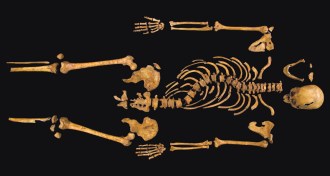 Anthropology
AnthropologyRichard III to be reburied in Leicester Cathedral
The remains of Richard III will be reburied in Leicester, a British court ruled on May 23.
-
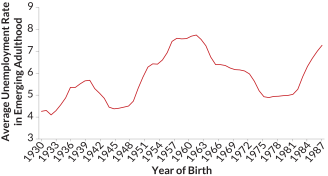 Psychology
PsychologyRecessions take a lasting toll on narcissism
Coming of age in hard economic times makes people less likely to feel superior and entitled later in life.
By Bruce Bower -
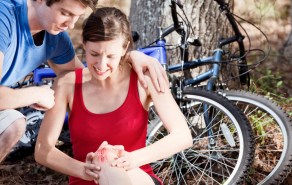 Health & Medicine
Health & MedicineUrine is not sterile, and neither is the rest of you
Despite what the Internet says, urine does contain bacteria, a new study finds. And so does your brain, the womb, and pretty much everywhere else.
-
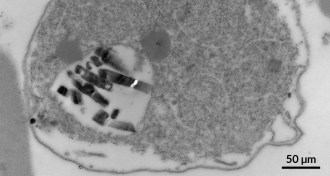 Health & Medicine
Health & MedicineParasite protein offers new hope for malaria vaccine
A newly discovered malarial protein triggers the immune system to trap disease-causing parasites in red blood cells. The protein offers scientists a promising target for vaccines.
By Meghan Rosen -
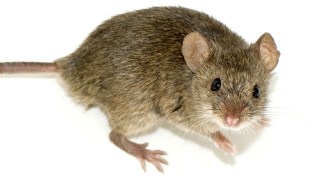 Neuroscience
NeuroscienceLife span lengthens when mice feel less pain
When rodents are missing a sensory protein, their metabolism revs up and they live longer.
-
 Health & Medicine
Health & MedicineDengue risk forecasted for soccer World Cup in Brazil
Three Brazilian cities — Recife, Fortaleza and Natal — have the highest risk for outbreaks of dengue fever, according to a new early warning system.
-
 Health & Medicine
Health & MedicineNewer schizophrenia drug isn’t necessarily better
A newer antipsychotic medication may work no better than an older drug, results from a clinical trial show.
-
 Health & Medicine
Health & MedicineHow Kawasaki disease may blow in with the wind
The origin of Kawasaki disease has been linked to farmlands in northeastern China.
-
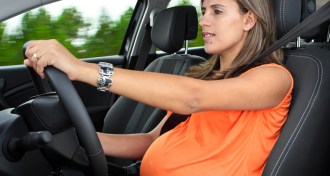 Health & Medicine
Health & MedicineStudy on pregnant women’s driving has some potholes
New study finds that pregnancy makes women get into more car accidents, but there could be a simpler explanation.
-
 Science & Society
Science & SocietyCancer research scores big at Intel ISEF
An innovative statistical analysis of cancer-promoting genes earned a 15-year-old the top prize — and $75,000 — at the Intel International Science and Engineering Fair 2014.
By Sid Perkins -
 Health & Medicine
Health & MedicineFeedback
Readers question pertussis vaccination scheduling, share stories about earthquakes and more.
-
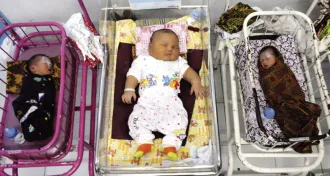 Humans
HumansBig babies: High birthweight may signal later health risks
A high birthweight might signal health risks later in life.
By Nathan Seppa